Accounts payable is a current liability on the balance sheet, while accounts receivable is a current asset. For example, you buy $1,000 in paper from a supplier who sends you an invoice for the goods. You'd have $1,000 in accounts payable on your balance sheet for the invoice. Meanwhile, the supplier would have $1,000 in accounts receivable.. While Accounts Receivable Service is typically viewed as assets, it's crucial to remember that there are instances in which they can also be viewed as liabilities. This is due to the fact that it symbolizes a debt that the company has incurred and will eventually need to pay back. Loans and taxes are examples of liabilities—obligations that.
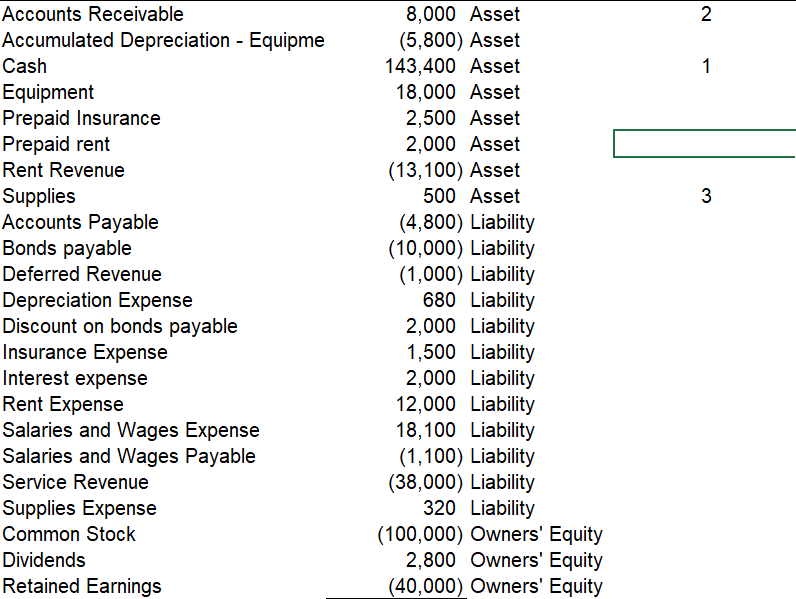
Solved 2 Accounts Receivable Accumulated Depreciation
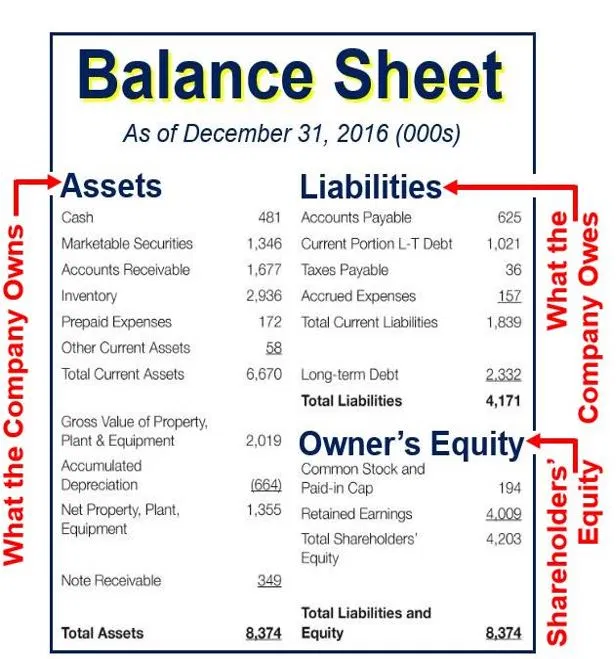
Liabilities How to classify, Track and calculate liabilities?
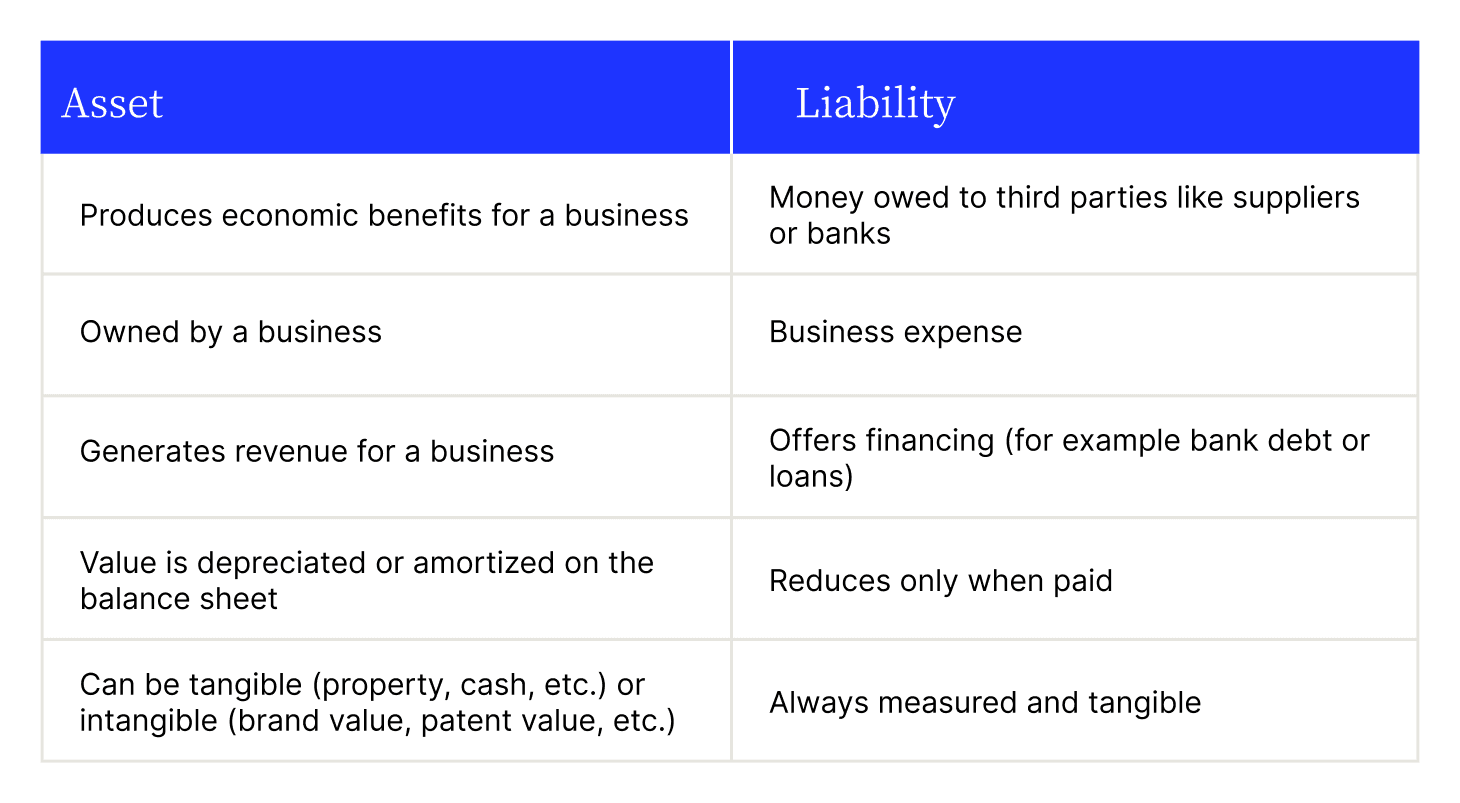
Accounts Receivable Asset or Liability? Versapay
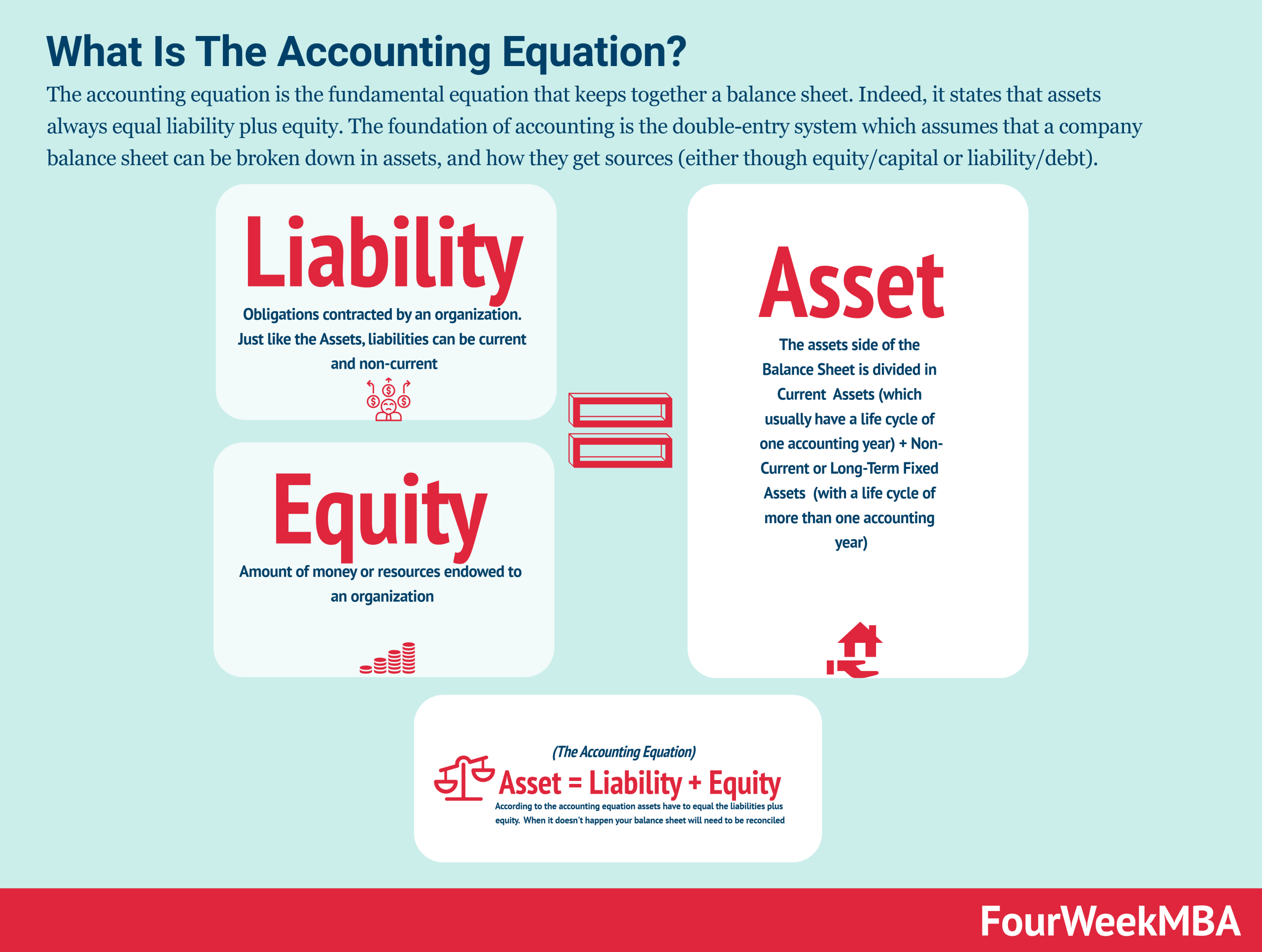
Accounting Equation And Why It Matters In Business FourWeekMBA

Accounts receivable Debit or Credit? Financial
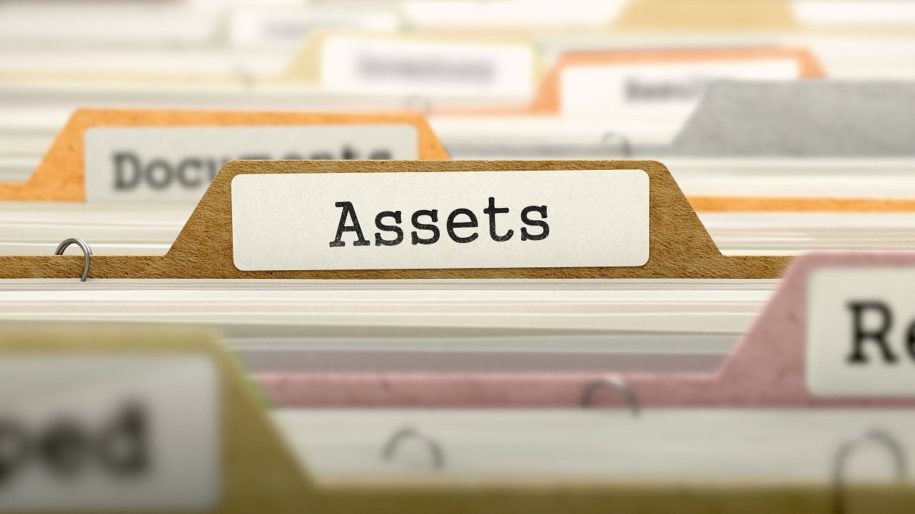
Is Accounts Receivable a Liability or an Asset? Your Questions Answered

Accounts Receivable Is it an asset? (Definition & Examples)
Accounts Receivable Asset or Liability DashawnanceBarry

Define Standard Asset Accounts Accounts Receivable Video Slide 7 YouTube

Notes Receivable in Accounting Double Entry Bookkeeping

Is Accounts Receivable an Asset? A Guide for Construction Business Owners
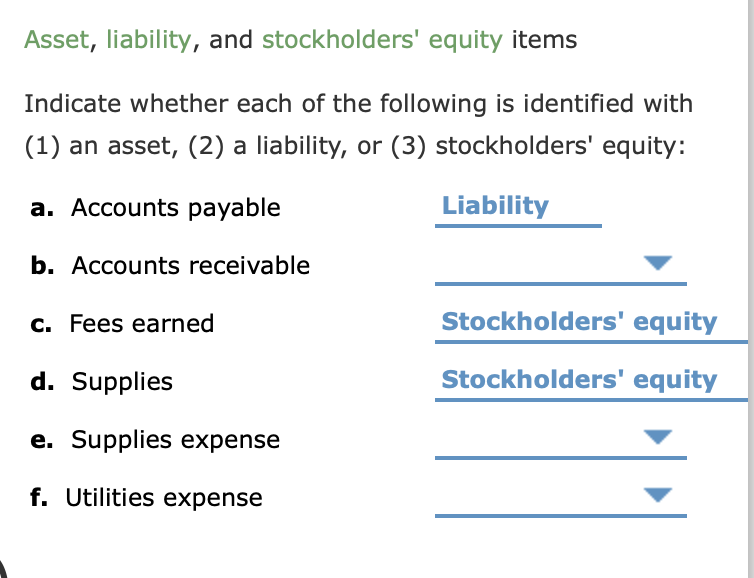
Solved Asset, liability, and stockholders' equity items

Accounts Receivable Asset or Liability ChristinatuGuerra

Navigating the financial landscape Accounts Receivable asset or liability?
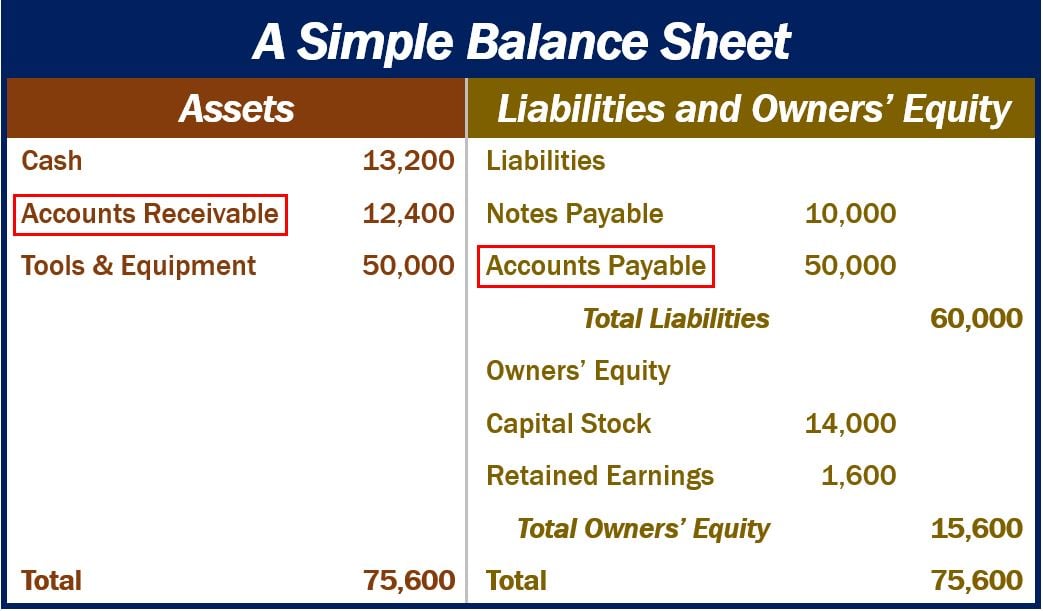
What is accounts receivable? Definition and examples
[Solved] Identify the type of account as an asset, liability, equity ,... Course Hero

Liabilities Side of Balance Sheet Finance Train
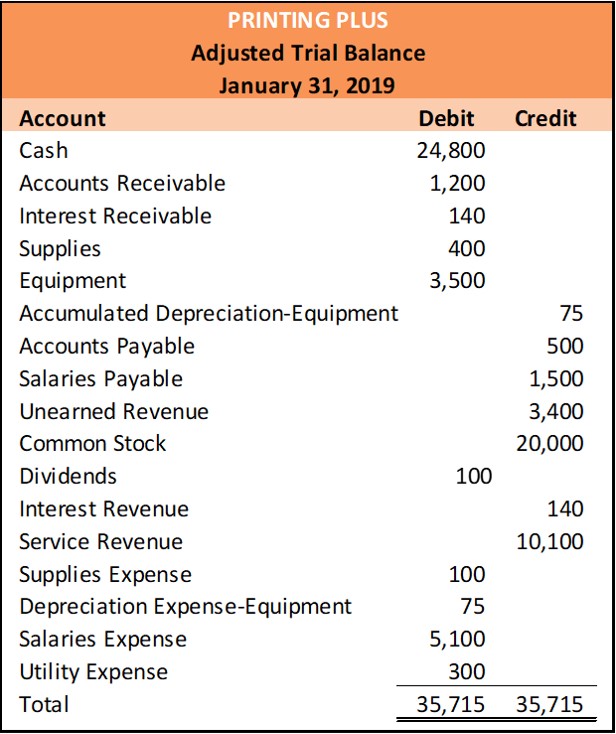
LO 4.6 Define, Explain, and Provide Examples of Current and Noncurrent Assets, Current and

Should accounts receivable be considered an asset? Billtrust
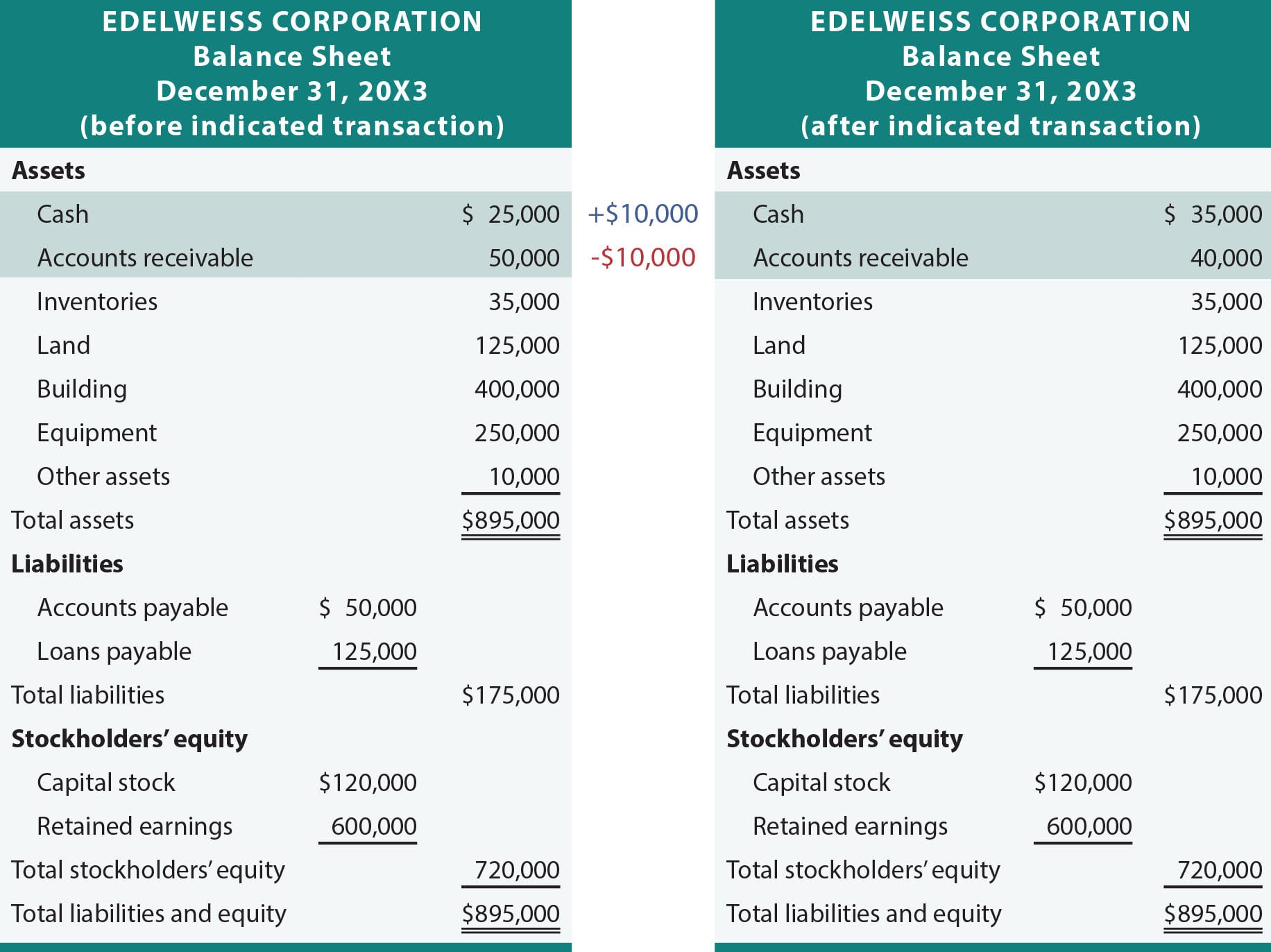
How Transactions Impact The Accounting Equation —
Accounts receivable (AR) is the amount owed to a company for products or services provided or utilized but not yet paid for by consumers. Accounts receivable are classified as a current asset on the balance sheet. AR is any sum of money owing by consumers for credit purchases.. Yes, accounts receivable is recorded as an asset on your balance sheet. Remember, assets are anything that offers a company economic rewards — and since the assumption is that you will be paid the money owed in A/R, accounts receivable is an asset. Other examples of assets include a company's cash, property, and inventory.